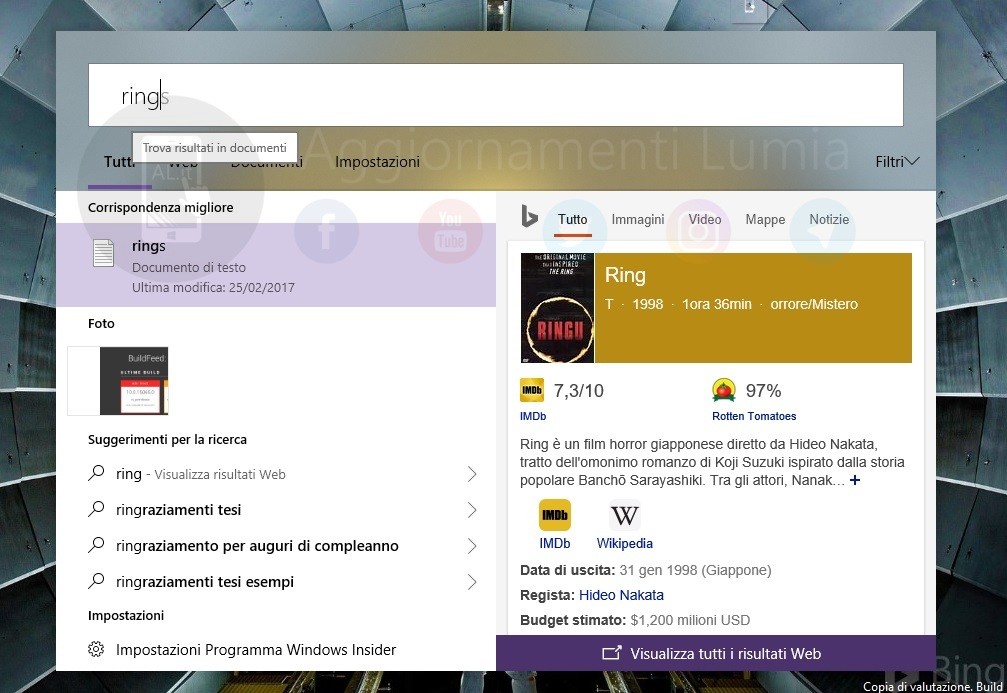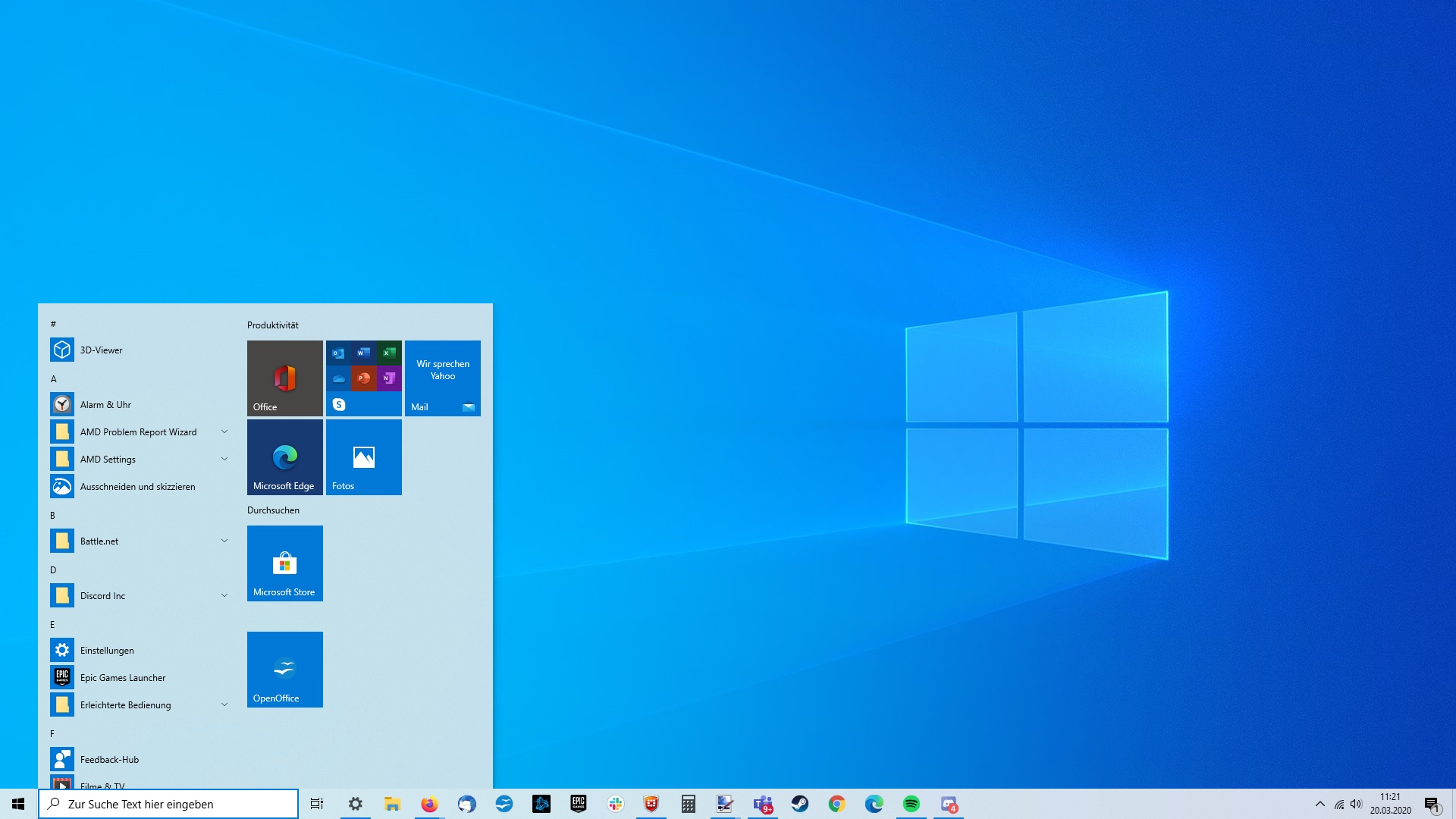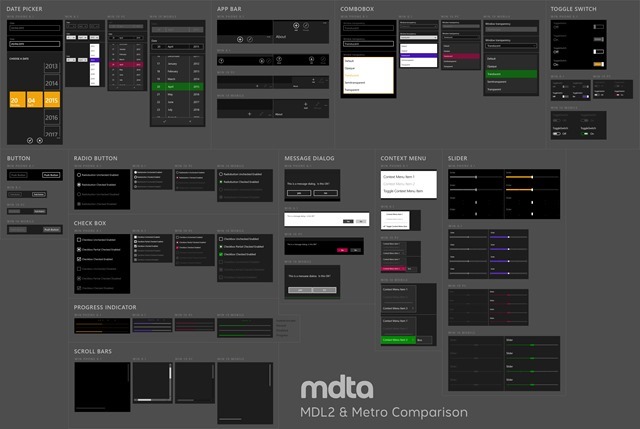

Windows uses Light mode by default, but users can choose Dark mode, which changes much of the UI to a dark color. Every step is pretty much identical, and every thing worked as expected.Windows supports Light and Dark themes as a personalization option in Windows settings. Note: While the aforementioned steps are meant specifically for Windows 10, I also tried them out on our older Dell desktop running Windows 7. That’s it, folks, I’ve made the Windows PowerShell console on my work laptop look almost exactly like the good old Command Prompt with just a dash of color thrown in for fun. Even the errors messages would look a little less jarring than they normally do. Now that you’re done, this is how your PowerShell console would look every time you start it up. Run the following command to permit local scripts to run on your system: Set-ExecutionPolicy RemoteSigned and select “A” to allow all scripts. We’re almost there, but there’s one last step.$colors.ErrorBackgroundColor = "DarkCyan" $colors.verbosebackgroundcolor = "Magenta" You can not only change colors, but also fonts, windows size, etc through this method, but we’re only going to take a look at changing colors without complicating matters any further.
Treue color ui windows 10 code#
From there, you can add whatever configuration code you want to using the commands discussed above.

Else, enter the following command to create the file: New-Item -path $profile -type file -force If you get “True”, skip this step and go to the next. As you can see from the above screenshot, I got the latter, so I’ll need to create the file.If the file already exists, you’ll get a “True” output, else, you’ll get “False”. So run the following command to check if it already exists or if you need to create it from scratch: test-path $profile. In reality, though, the default PowerShell configuration file does not even exist in most cases.This will show you the name (and location) of the default file for your profile. For that, first run the command $profile. You have now configured your console settings, but you’ll need to save them to your profile settings so that the screen opens up exactly as you want it to, every time.Just remember to enter them separately and press ‘Enter’ in each case. Since I’d like to change the background color to ‘Magenta’ and foreground color to ‘Green’, I’ll input the two commands below. To change the foreground and background colors of error messages, all you need to do is assign new values.

First off, to know the default colors, go ahead and copy/paste this code on the PowerShell console and press ‘Enter’: $host.privatedata While this was a really easy way to change some of the settings, what if you want to do more extensive changes to your PowerShell console? For example, what if you want to change the text and background colors of error messages from red on black to something a little less drastic? For that, you’ll need to get down and dirty and use the console itself rather than rely on GUI.
Treue color ui windows 10 windows 10#
Change Error Message Colors in Windows 10 PowerShell Console


 0 kommentar(er)
0 kommentar(er)
